News Desk

A study in the Netherlands reported that regular participants in ayahuasca ceremonies have better general well-being, fewer chronic or lifestyle-related diseases, more physical activity, and a more balanced diet compared to the general population of the Netherlands. The study was published in the Journal of Psychoactive Drugs.
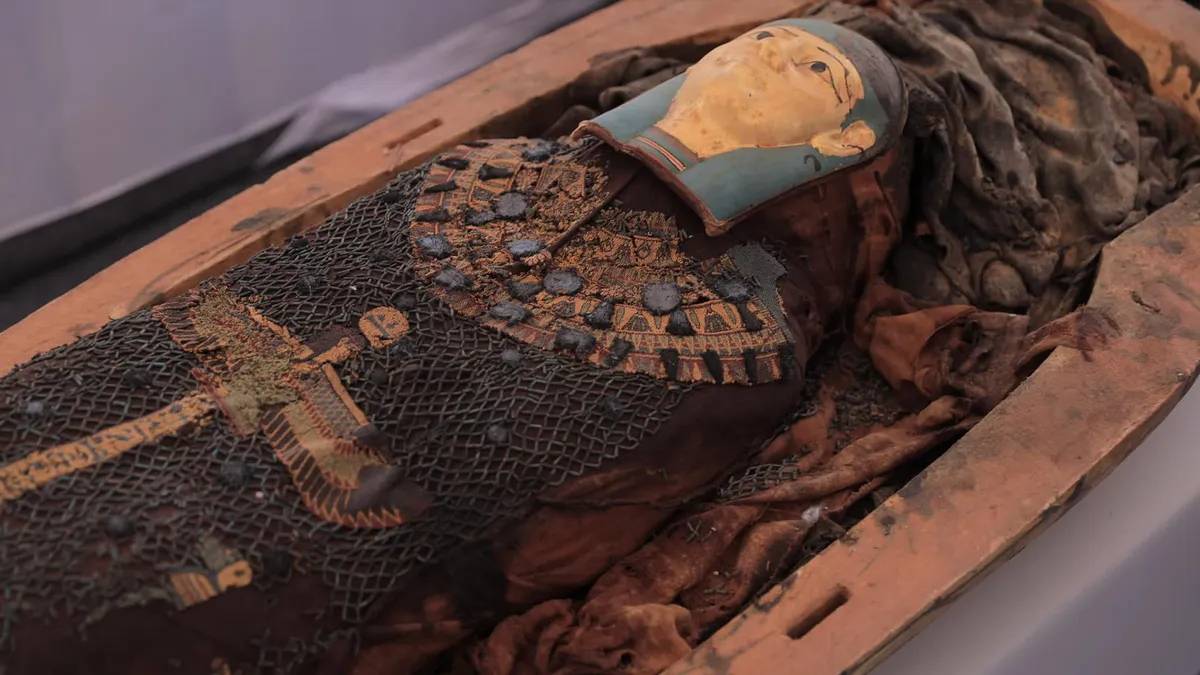
Archaeologists in Egypt have discovered a 3,500-year-old cemetery that contains a “Book of the Dead” papyrus.
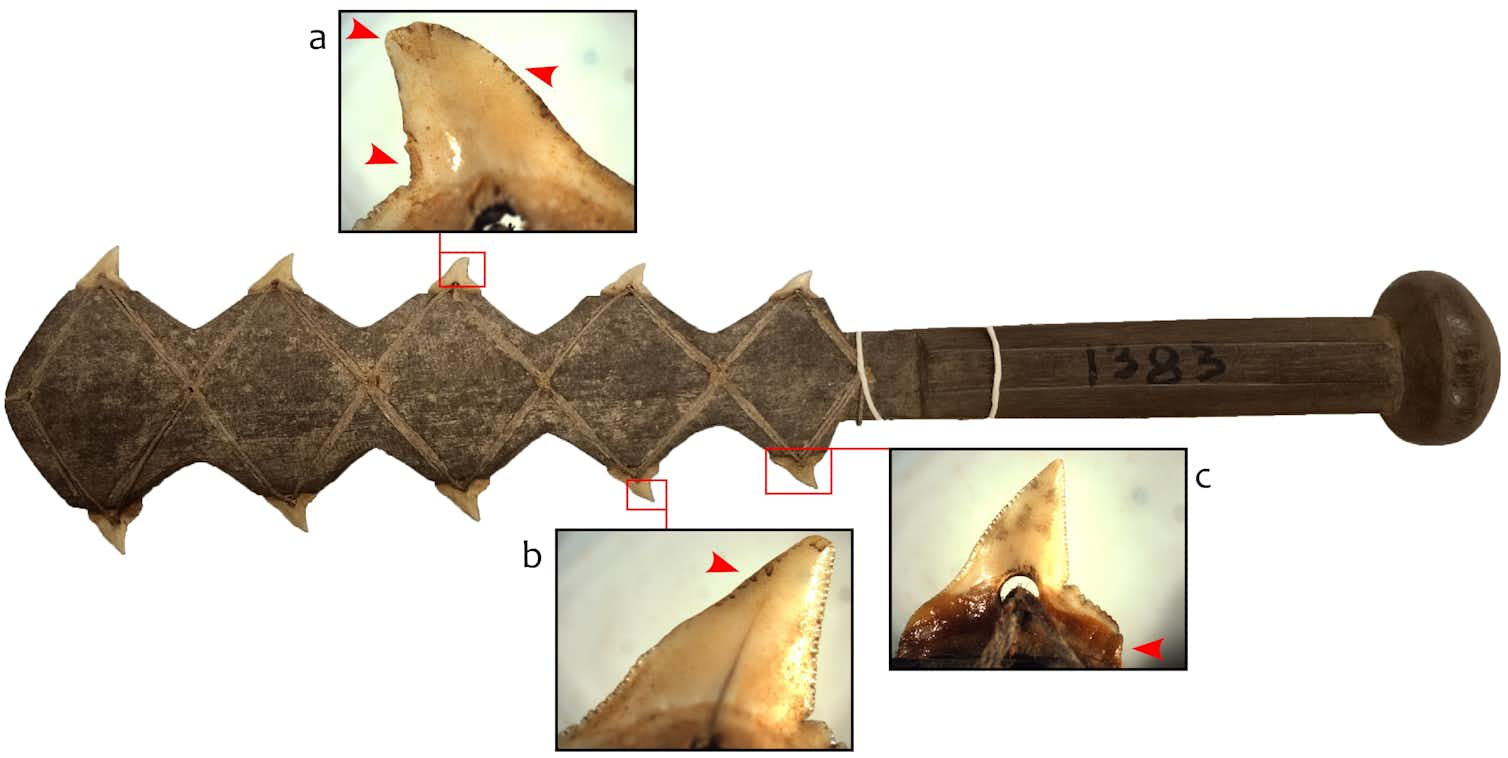
Excavations on the Indonesian island of Sulawesi have uncovered two unique and deadly artefacts dating back some 7,000 years – tiger shark teeth that were used as blades. These finds, reported in the journal Antiquity, are some of the earliest archaeological evidence globally for the use of shark teeth in composite weapons – weapons made with multiple parts.

In a twist in the ancient human story, emerging evidence suggests that we may have worn shoes as early as the Middle Stone Age (75,000—150,000 years ago). This could mean that our species had complex cognitive and practical abilities much earlier than was previously thought.
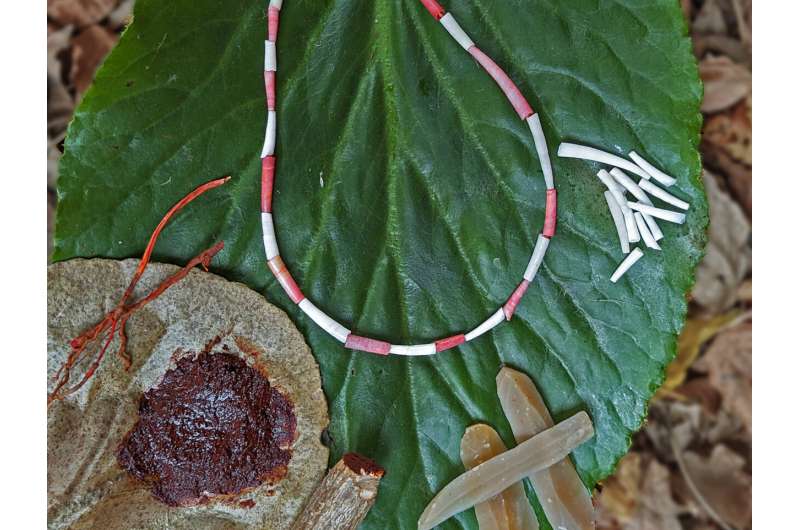
In their study, reported on the open-access site PLOS ONE, the group used a variety of techniques to identify the source of red coloring on shell beads found in an Israeli cave decades ago.

Scientists have discovered cannabidiol, a compound in cannabis known as CBD, in a common Brazilian plant, opening potential new avenues to produce the increasingly popular substance.

As policymakers, governments, NGOs and activists work to craft urgent responses to protect tropical forests…the report says that “their efforts will fail as long as those committed to environmental protection neglect to recognize, and grapple with, the elephant in the room”—namely “the global system of criminalized drug prohibition, popularly known as the ‘war on drugs.’”
Image from:Pyschoactive Drugs.jpg uploaded by Thoric. (Wiki Commons)
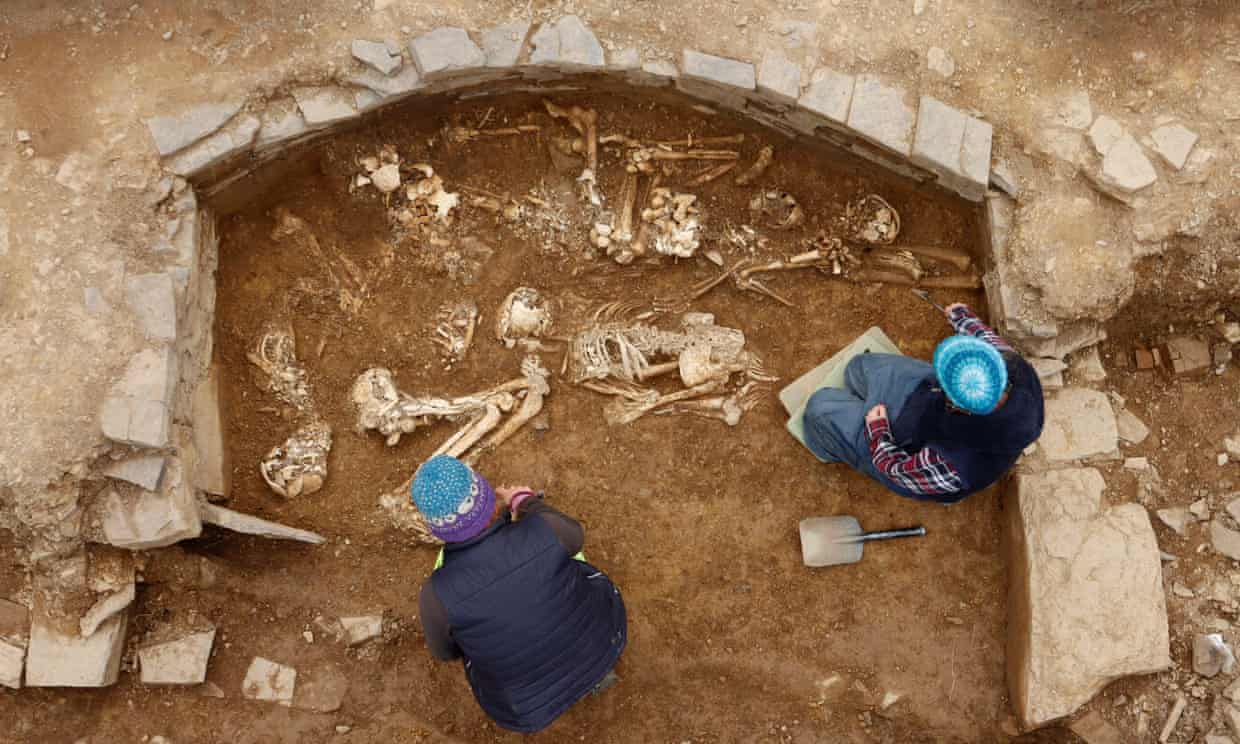
The ruins of a 5,000-year-old tomb in a construction that reflects the pinnacle of neolithic engineering in northern Britain has been unearthed in Orkney.

Yopo is a powerful psychedelic snuff used for healing and shamanic practice in the Amazon’s Orinoco basin. Crisis puts people and cultural knowledge at risk.
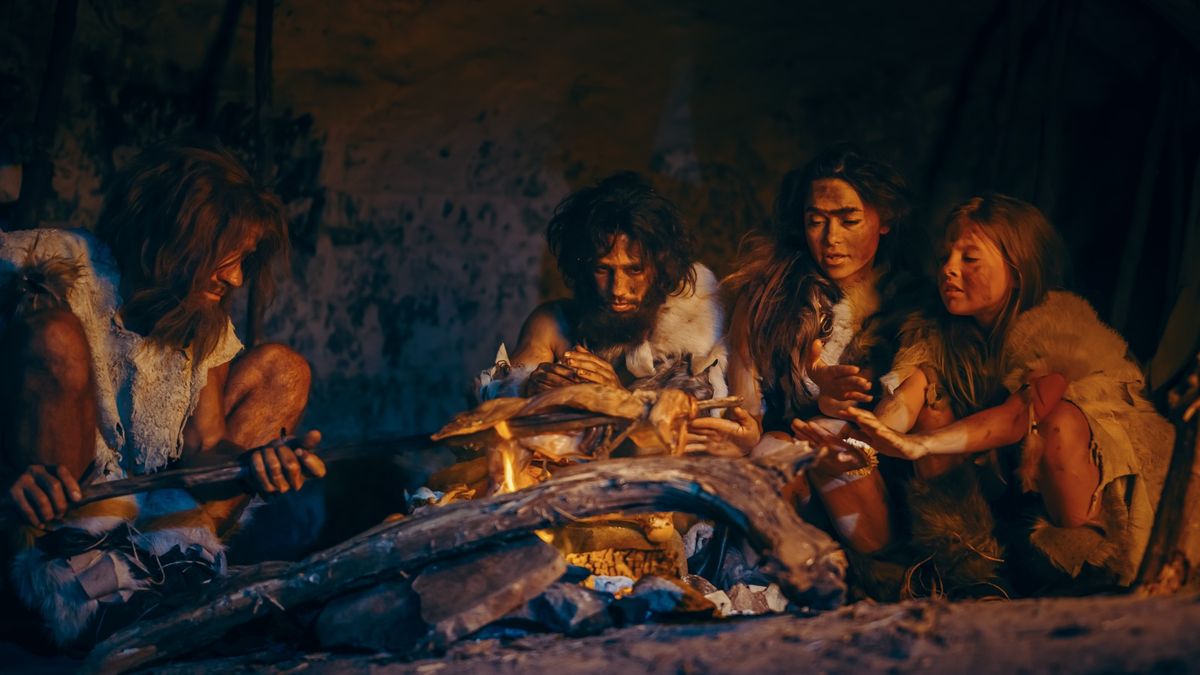
A comparison of the genomes of a Neanderthal who lived 120,000 years ago in Siberia with those from modern humans in sub-Saharan Africa has revealed insight into the migratory and interbreeding history of both species. See the paper here.
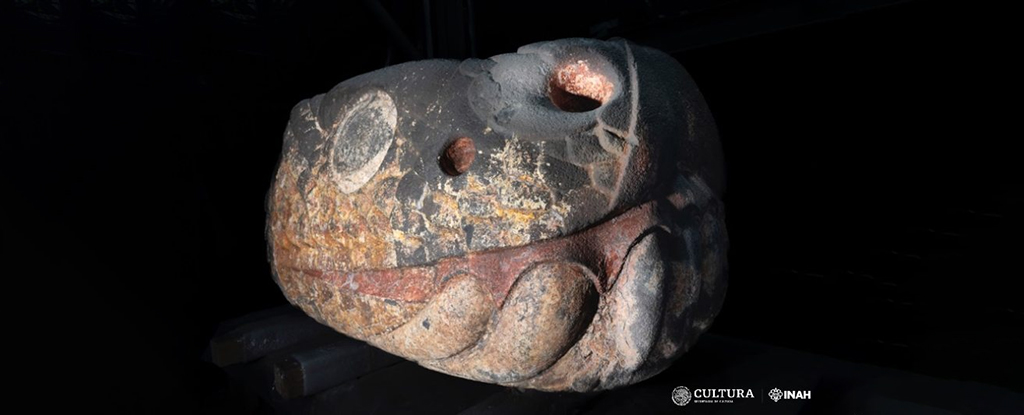
Sometimes, years of painstaking excavation work are required to uncover the artifacts of the past – and sometimes, as with a recent earthquake in Mexico City, much of the hard digging work is done by nature.
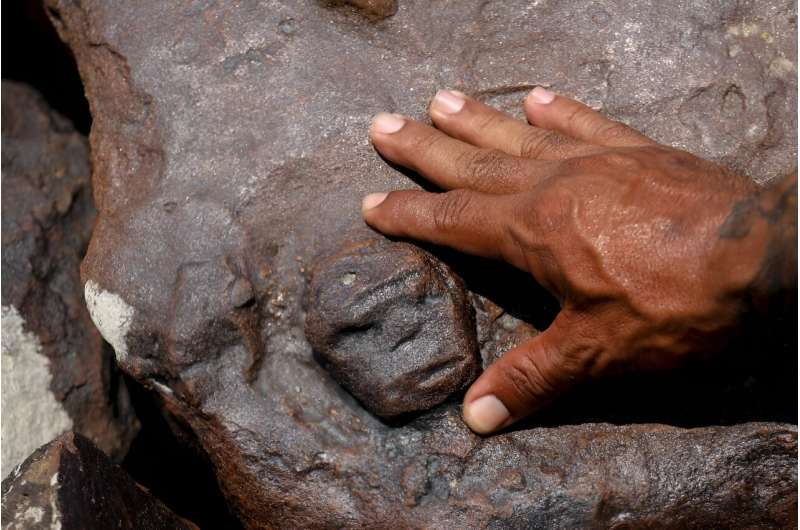
An extreme drought in parts of the Amazon has led to a dramatic drop in river water levels, exposing dozens of usually submerged rock formations with carvings of human forms that may date back some 2,000 years.
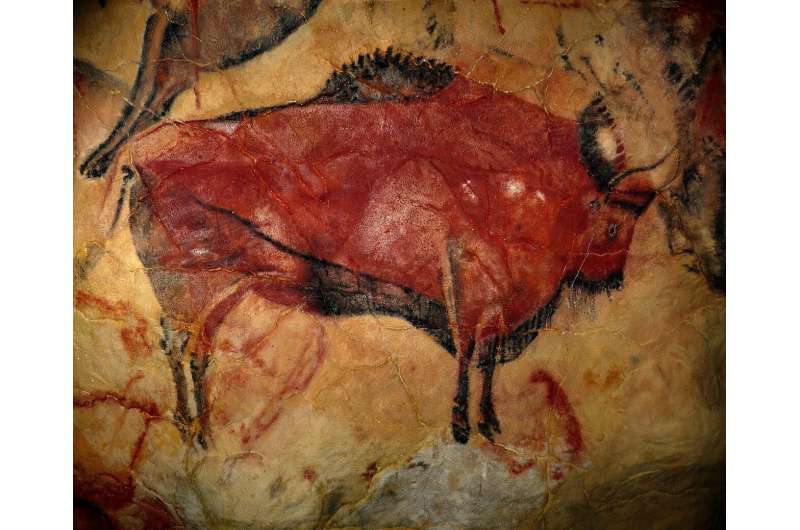
It’s a familiar story to many of us: In prehistoric times, men were hunters and women were gatherers. Women were not physically capable of hunting because their anatomy was different from men. And because men were hunters, they drove human evolution.But that story’s not true… See the research here and here.
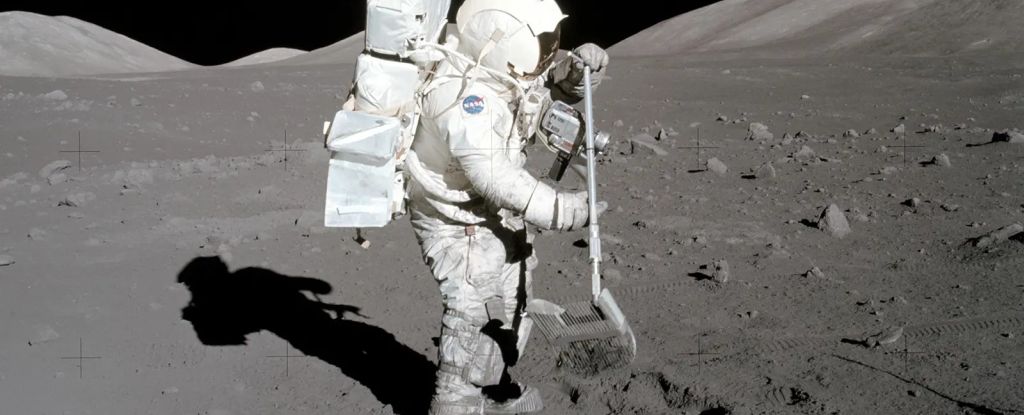
The Moon’s youthful good looks are apparently deceptive. A new study of tiny grains of zircon in Apollo lunar samples suggests that it’s even older than we thought, by a good 40 million years. The research is due to be published in Geochemical Perspectives Letters.
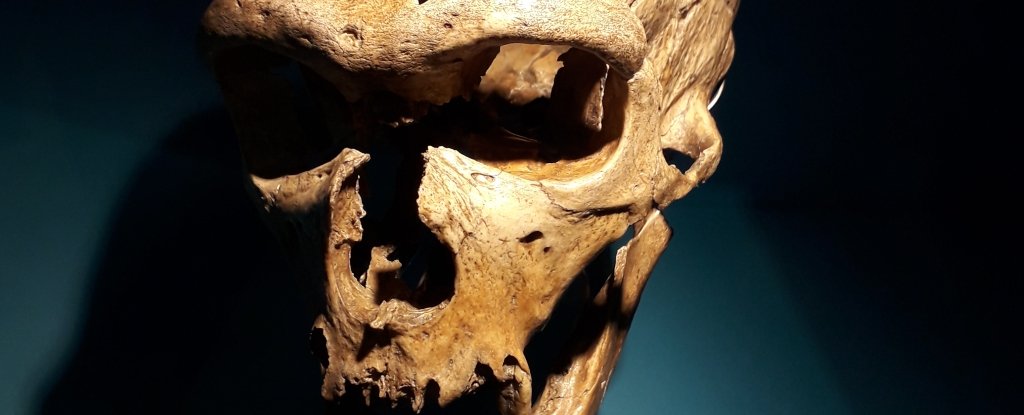
In spite of the myriad of findings detailing their genetic and cultural similarities, our long-extinct ‘cousins’ are still all too often exiled into their own species, Homo neanderthalensis. That categorization is due for a change…See the study here.








